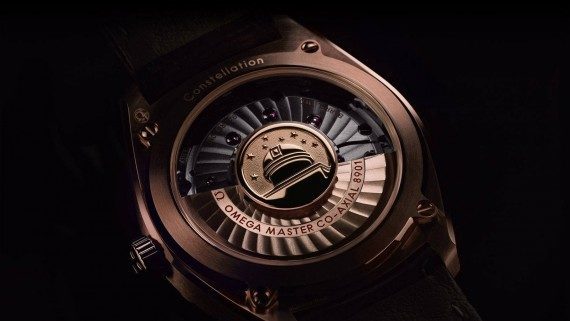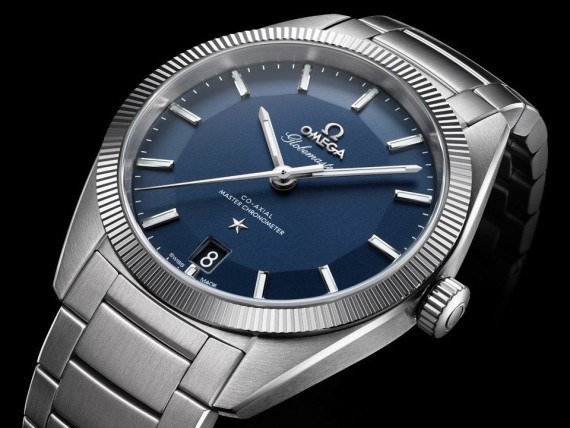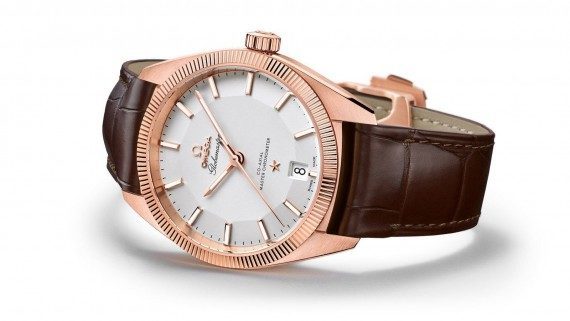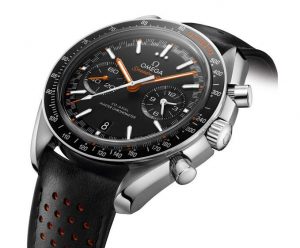
In recent times, consecutive years have meant more and more brands releasing vintage re-interpretations and recreations; 2015 was no different, being one of the biggest years for historical watch releases to date. Omega, a brand holding a relatively large segment of market power in the luxury-watch realm, was one of the main contributors to this trend—leading the pack with more Speedmasters, more Seamasters, and — possibly most significantly of all — a new piece in the Constellation series: the Globemaster.

This new watch, for many not familiar with the historical Omega Constellation series (above), seems far different than any of its modern counterparts. At first this seems in line with Omega; the brand has certainly been known to release multiple “sub-series” of watches within a larger collection (e.g. the Moonwatch and Mark II both within the Speedmaster family). And while the Globemaster (below) would certainly fit the bill for the brand’s nontraditional organization of watches, it is much more exciting when one realizes that it draws many of its design elements from the beginnings of the Constellation series, dating back to 1952.
Many decades ago, the Omega Constellation series was unrecognizable compared to the collections of today. The pieces had reverse “pie-pan” dials, dauphine hands, diamond hour markers, and unconventionally fancy crowns and lugs. It was not until the late 1980s that a major shift in that series occurred, when Omega began producing the “Manhattan”-styled watches we are more familiar with today — “claws” holding the crystal, an integrated bracelet, Roman numerals on the bezel, and — for the most part — quartz movements.
This is why the release of the Omega Globemaster is so significant for many vintage Omega enthusiasts. While the modern watch is by no means a direct descendant or a strict re-creation of the 1950s Constellations, it still uses many of the beloved attributes that first brought success to the series for many years.

The piece, available in a 39-mm Sedna (rose) gold, yellow gold, steel, or yellow-gold-and-steel case, has the reverse pie-pan dial, applied hours markers, fluted bezel, and a date indicator at the unusual 6 o’clock position. The watch is powered by Omega’s automatic Caliber Omega 8900 — a new movement the brand is championing as its best yet for precision, durability, et cetera. Other interesting features to notice include the signature Constellation star toward the bottom of the dial, the clear caseback with a set Constellation observatory medallion, and, beneath this, the exposed and beautifully finished Master Co-axial movement (below). Prices for the Omega Globemaster start at around $6,900.
As I mentioned above, the Globemaster is neither a re-interpretation nor a recreation of the original 1952 Omega Constellation, but I sort of enjoy this about the watch. While of course I would love a modern reverse-pie-pan Omega in 35-mm or 36-mm case with diamond hour markers and dauphine hands, I think Omega made the correct decision by using some elements of the collection’s history to inspire a completely new piece. In this way, Omega was able to release a new, fantastic movement in a memorable fashion; take advantage of the fluted bezel (which most associate more with Rolex than with vintage Omega pieces); and, finally, produce a watch displaying the brand’s awareness of its history while still continuing its sprint forward into the future. Simply put, I find this to be a cool watch guaranteed to remain in your, and eventually your children’s, possession for a long while.







